Work on the world’s largest underwater road and rail tunnel has finally begun after years of discussion.
The tunnel would connect the countries of Germany and Denmark through the ambitious new project.
Scandinavian-Mediterranean Corridor
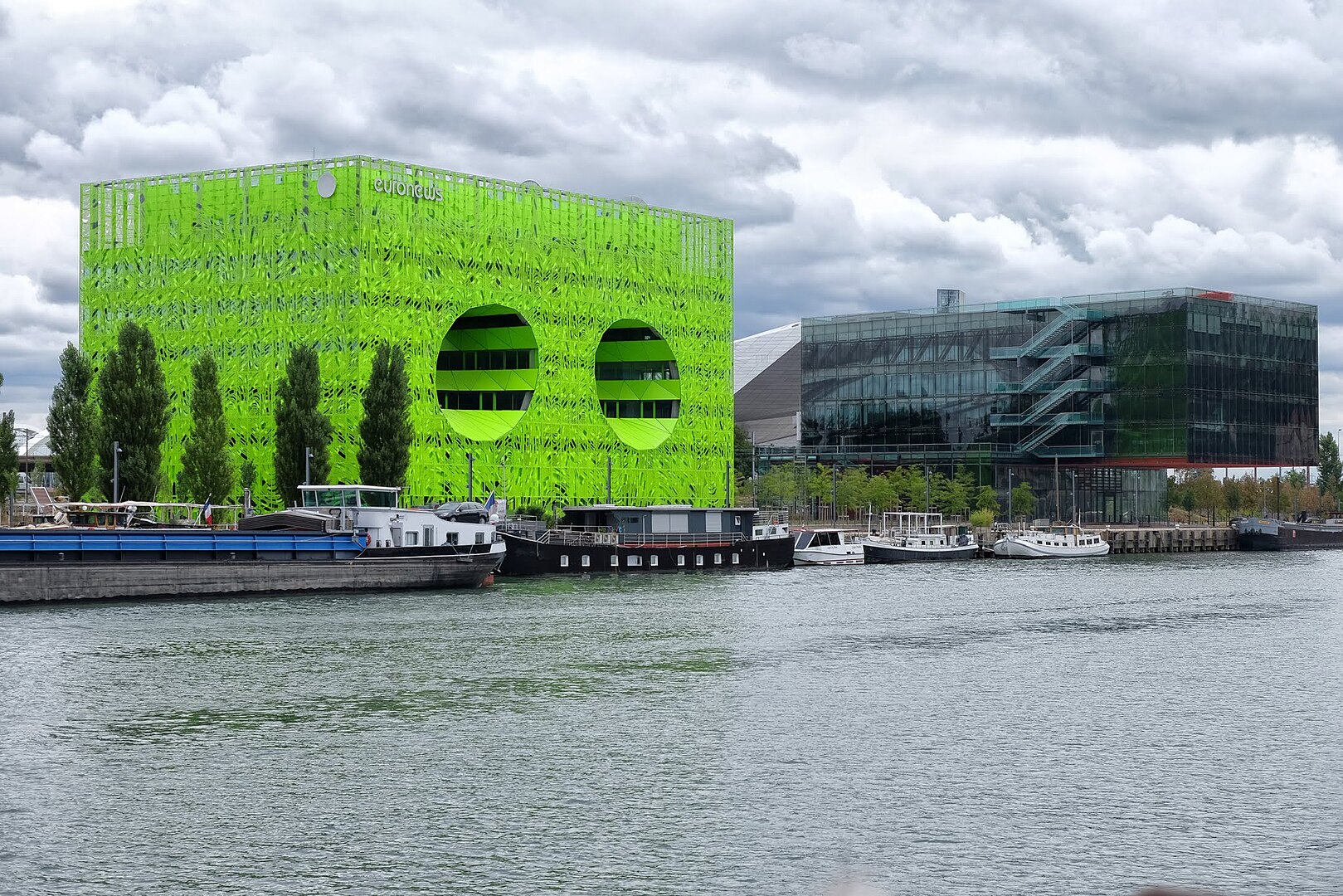
The tunnel, is an important part of the European Union’s plan for a Scandinavian-Mediterranean corridor.
It is more than 11 miles long and aims to shorten travel times between the two nations where it runs beneath the Fehmarn strait.
Decreasing Journey Times

A 45-minute ferry journey may before long be decreased to a speedy seven-minute train drive.
According to the report, Thomas Danielsen, the transport minister of Denmark, referred to the project as “a milestone in Danish history” during a ceremony to mark the progress.
Four Years of Work
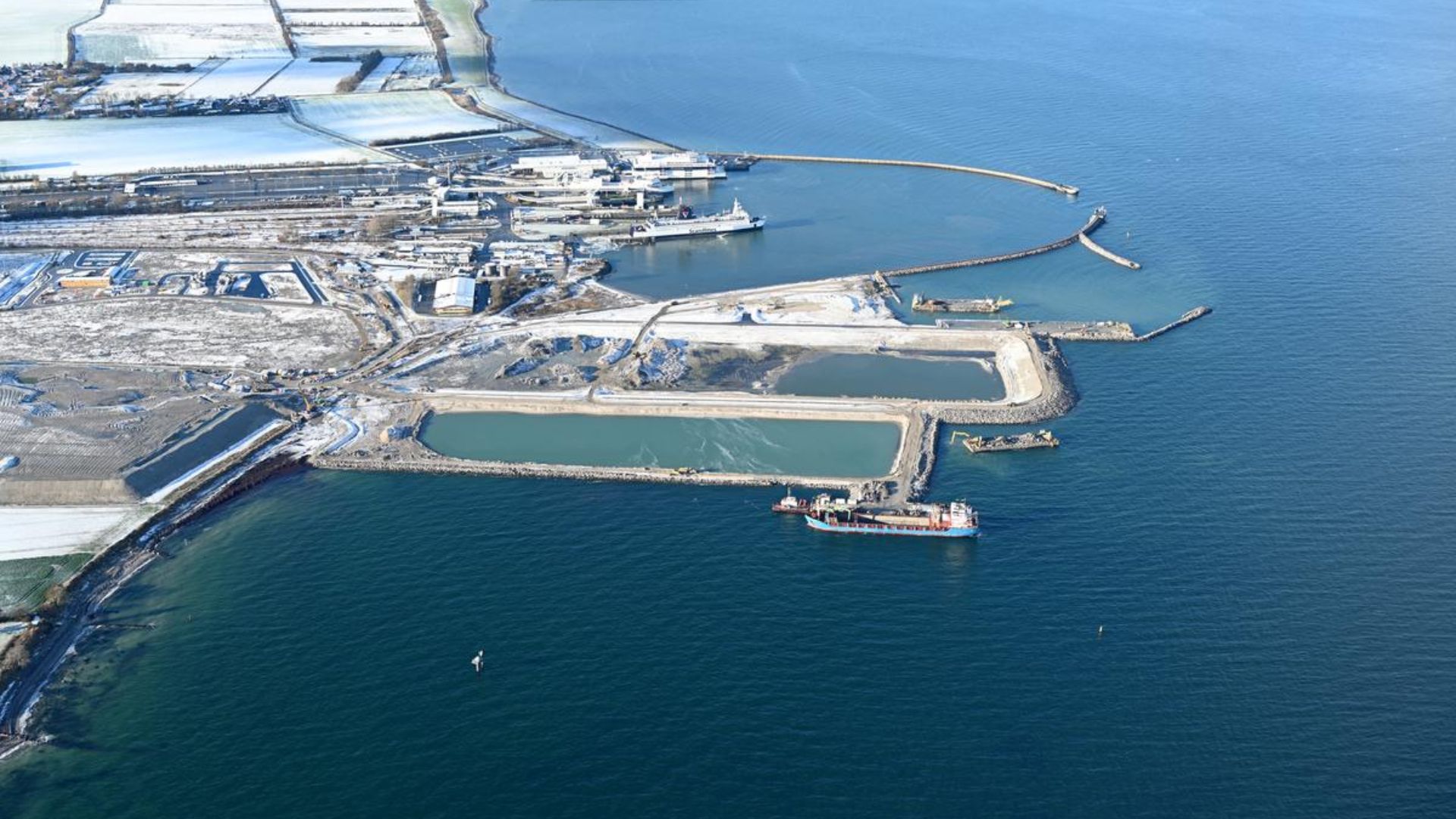
As of this year, the Fehmarnbelt tunnel has been under construction for four years. The crew recently celebrated the completion of the tunnel’s first 100 meters.
The milestone was reached upon the completion of the tunnel portal on Lolland. The tunnel is being built on both the German and Danish sides. The plan is that production of the materials for the tunnel will continue until 2027, and the tunnel itself will open in 2029.
A Major Investment
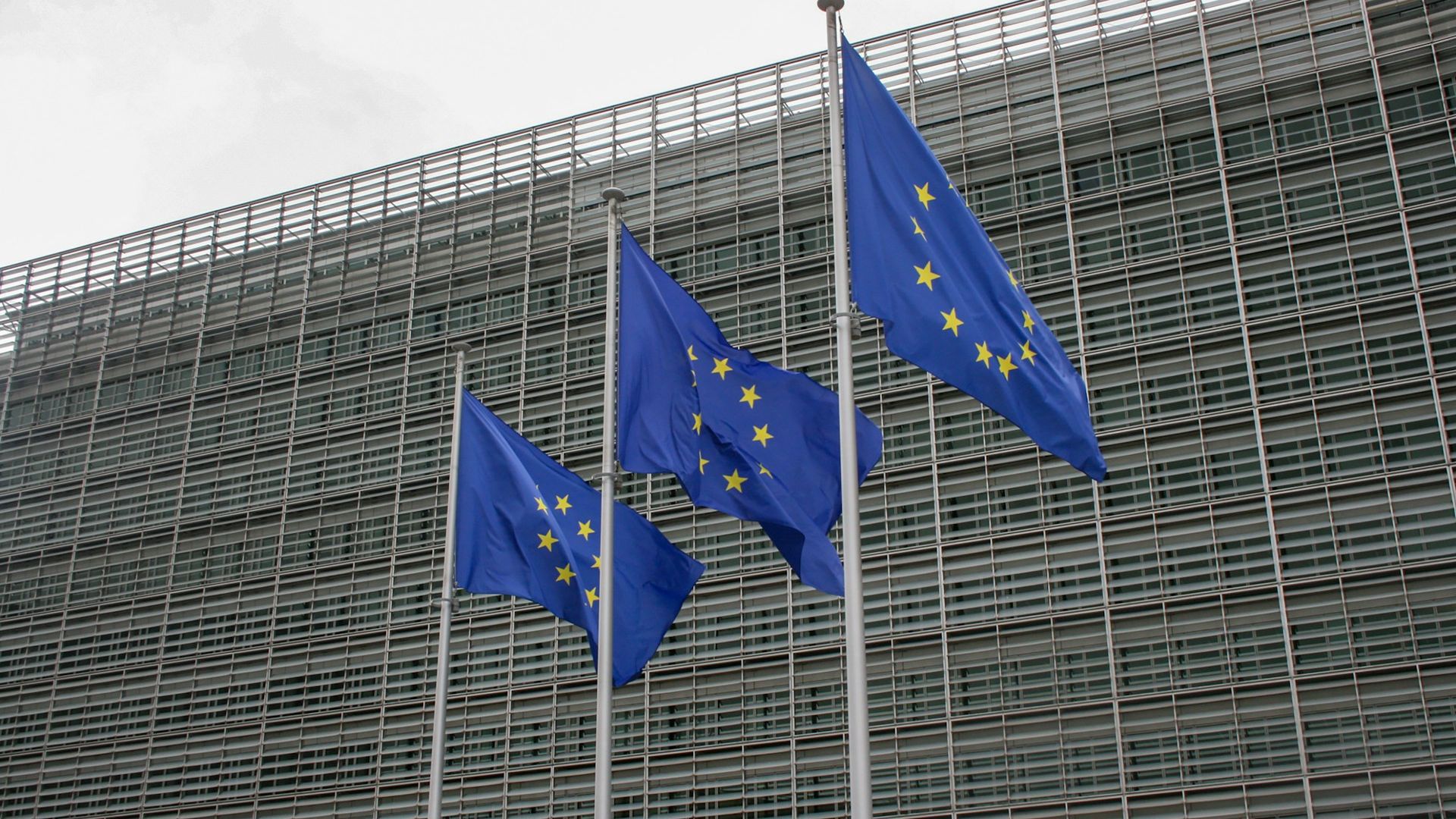
This underwater tunnel will be the largest engineering project ever to take place in Denmark.
The project is predicted to cost upward of €4.8 billion, equal to about $5.25 billion. The tunnel is part of the European Commission’s Ten-T Programme, which plans to strengthen transport links and interconnectivity across the continent. The EU itself contributed approximately $1.2 billion to the project.
Royal Ceremony for the Tunnel

This project is unique to other underwater tunnels (such as the Channel Tunnel between England and France) because it will be made of pre-built concrete sections.
This June, King Frederik X of Denmark inaugurated the first element of the Fehmarnbelt Tunnel, which was a milestone in the four-year construction. The first element of the tunnel was completed in June four years after construction started and over a decade after the creation of the original plan.
‘Cross-Border Infrastructure’
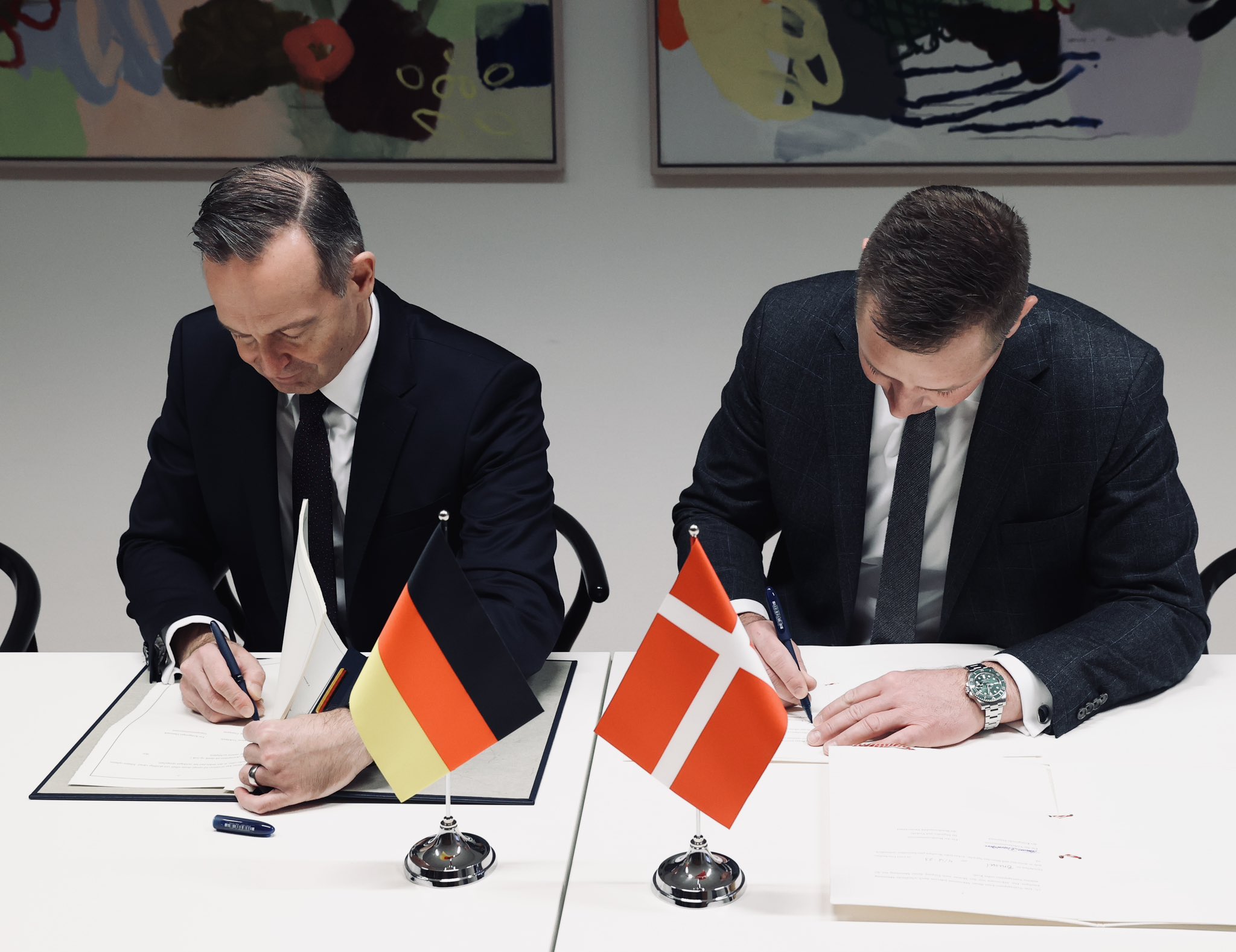
Danielsen went on to say, “We get a fantastic and cross-border infrastructure project with the Fehmarnbelt tunnel.”
The waterway currently causes approximately 300 miles of road and rail detours on routes connecting the north and south.
Train and Car Journeys
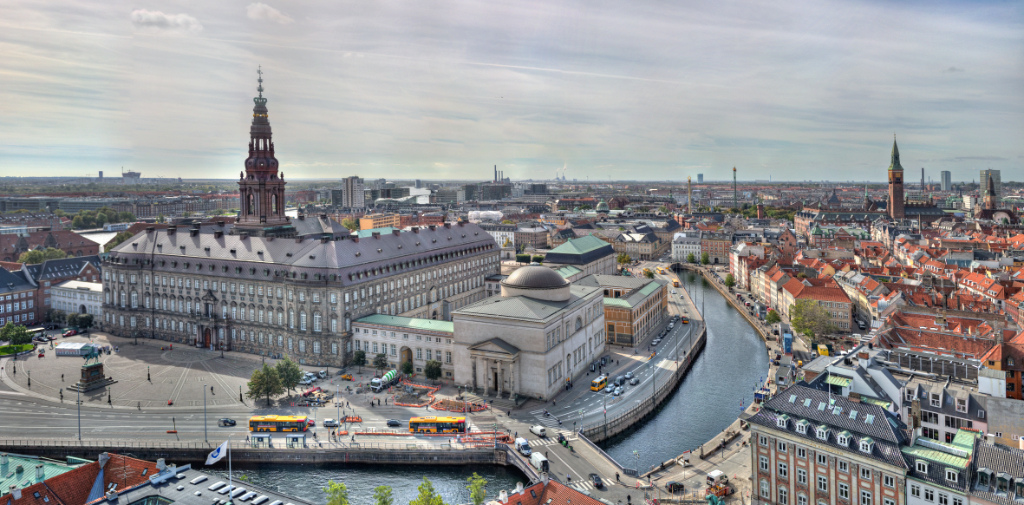
According to Forbes, the current five-hour train journey between Hamburg and Copenhagen may soon be reduced to three hours.
Additionally, this more direct route is anticipated to save drivers between the two zones an hour.
Fehmarnbelt Project
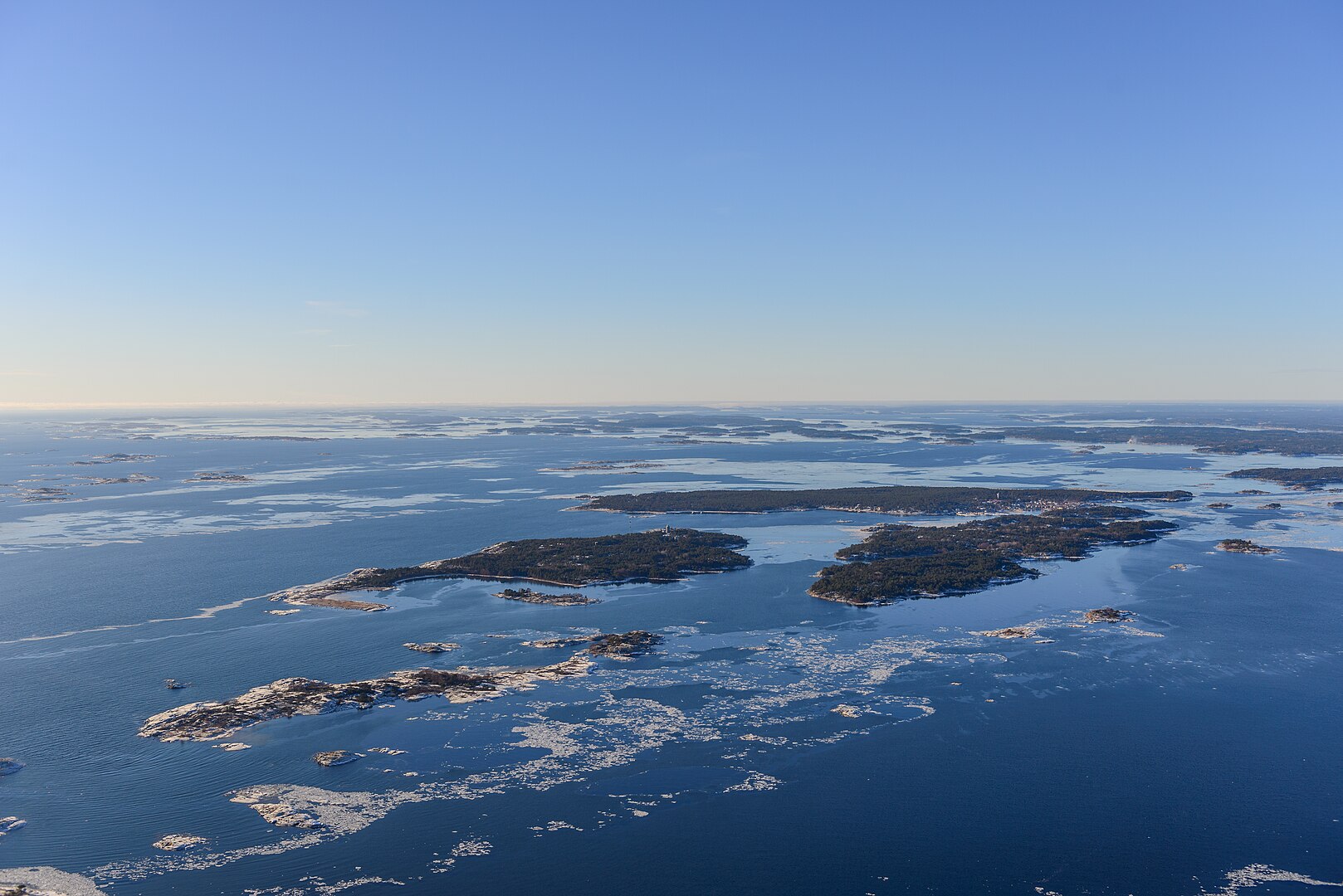
The Fehmarnbelt project is not any different from any other large construction project that is under intense scrutiny for its potential effects on the environment these days.
The tunnel’s effect on Baltic Sea reefs has also been questioned by others.
Higher Interconnectivity
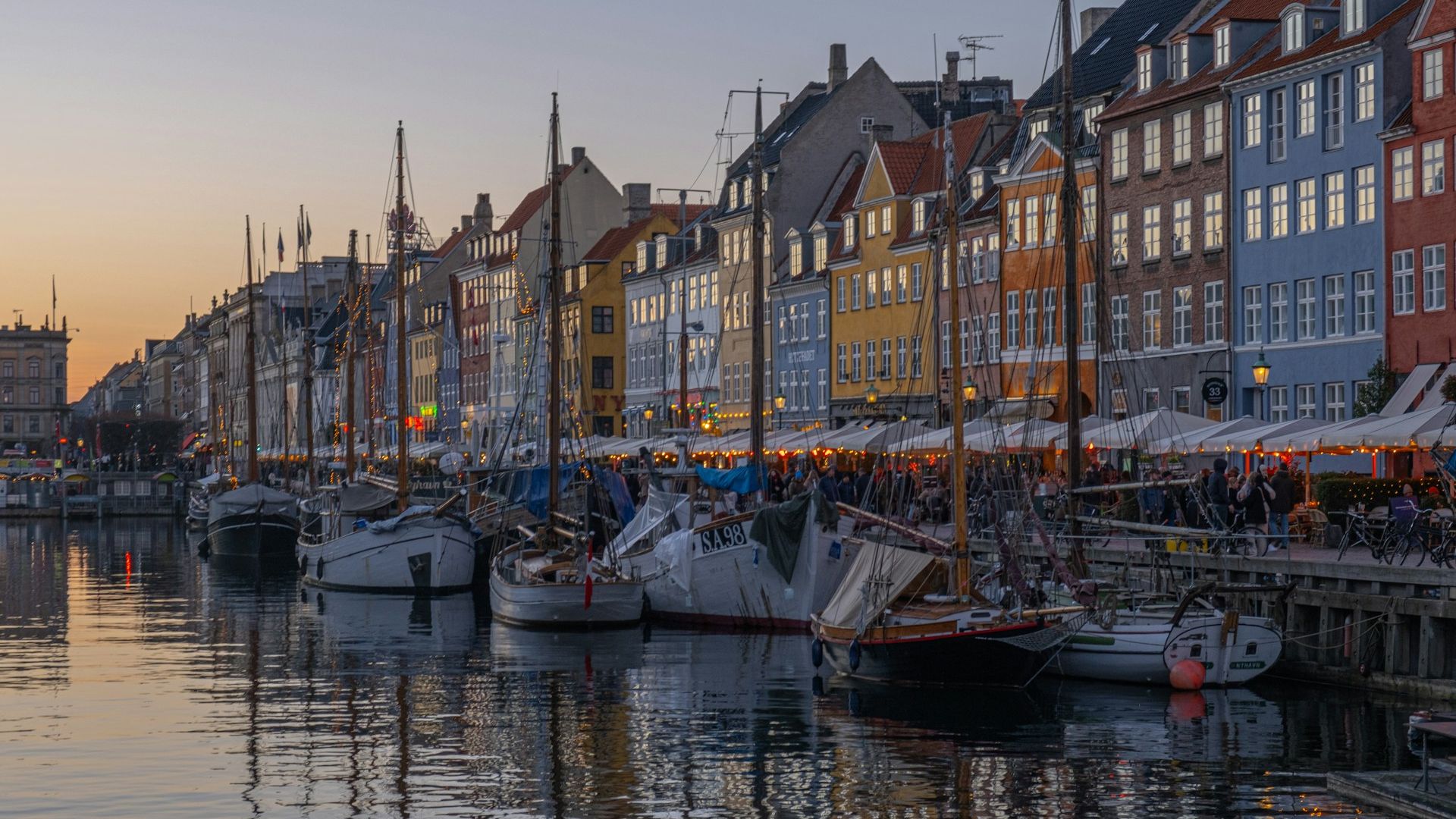
The project aims to allow passengers to travel across the continent faster and easier.
The project is expected to be completed in 2029, by which point the journey between Hamburg and Copenhagen could be as short as two and a half hours. The tunnel will allow train services to cross the Danish border into Sweden, Norway and Finland.
Eco-Friendly Alternative
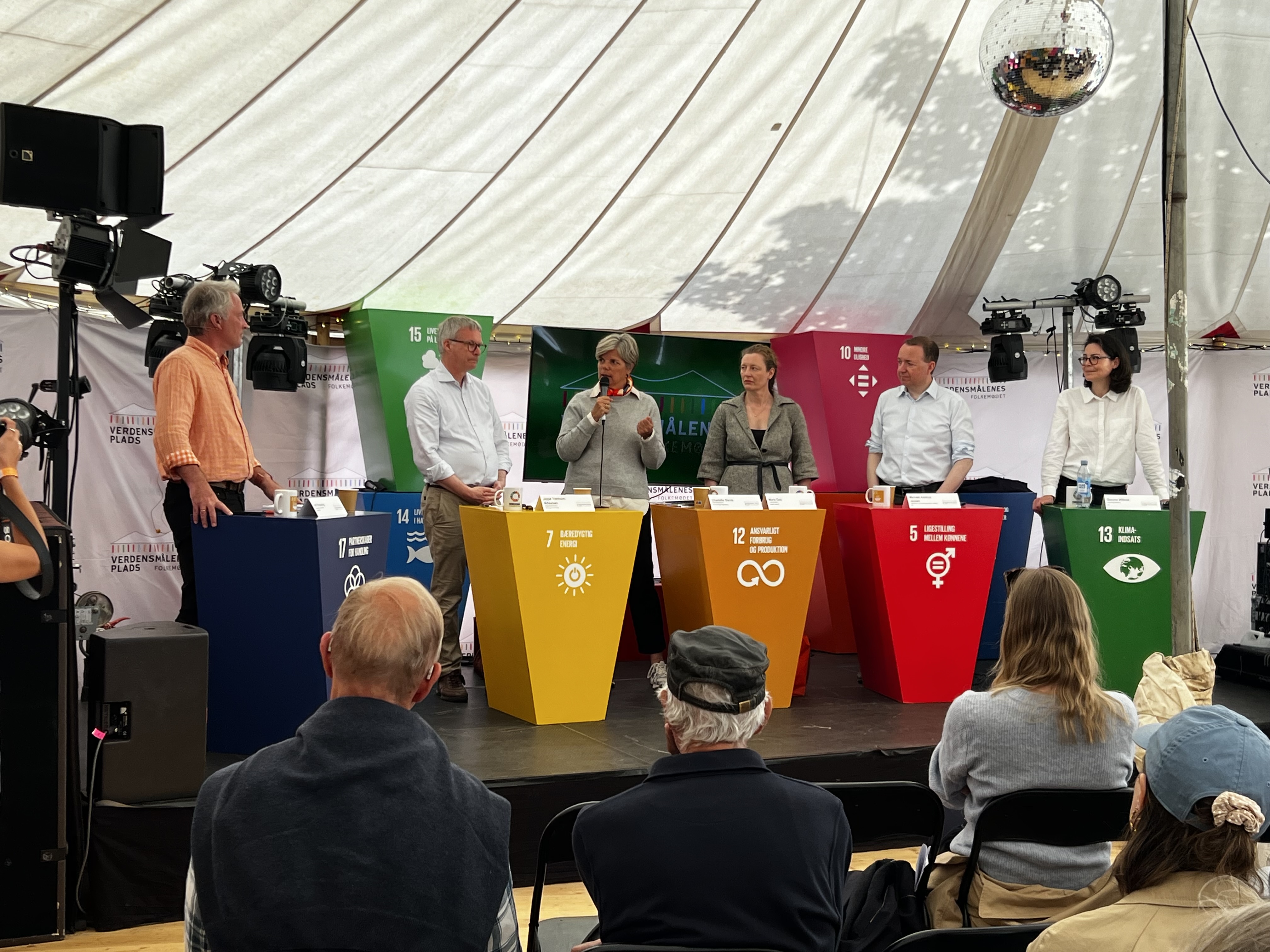
This has been promoted by the creators as an eco-friendly alternative to air travel, which produces a lot of pollution.
Søren Have of the Copenhagen-based climate-focused think tank Concito released a statement regarding the project.
‘Lower Emissions’
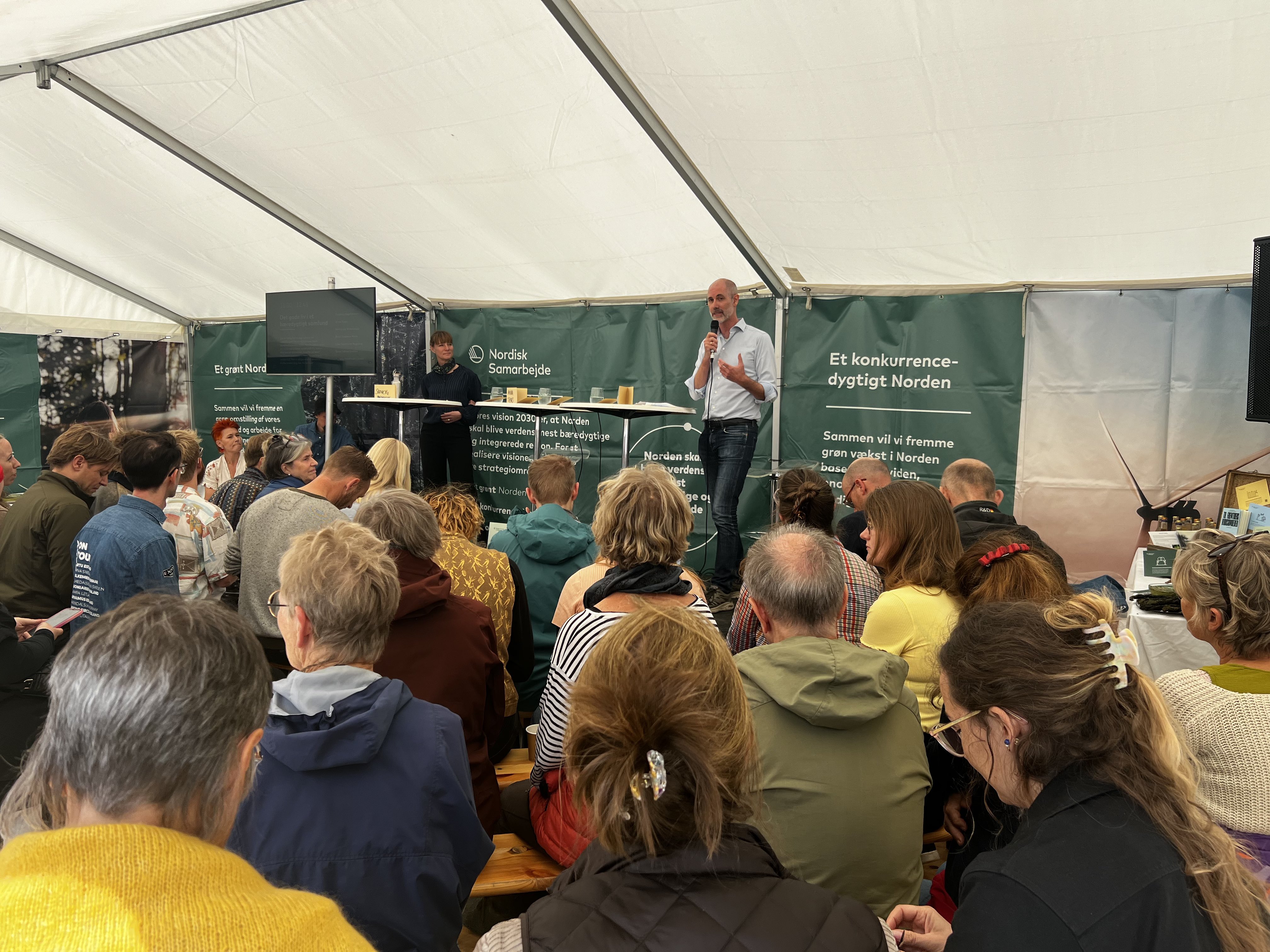
Have explained: “While all such infrastructure projects have substantial carbon emissions from construction, some have the potential to pay it back over time, through lower emissions from reduced or changed traffic patterns.”
“The Fehmarnbelt tunnel is such a project,” says Have in response to claims it could cause negative impacts on the environment.
Environmental Issues
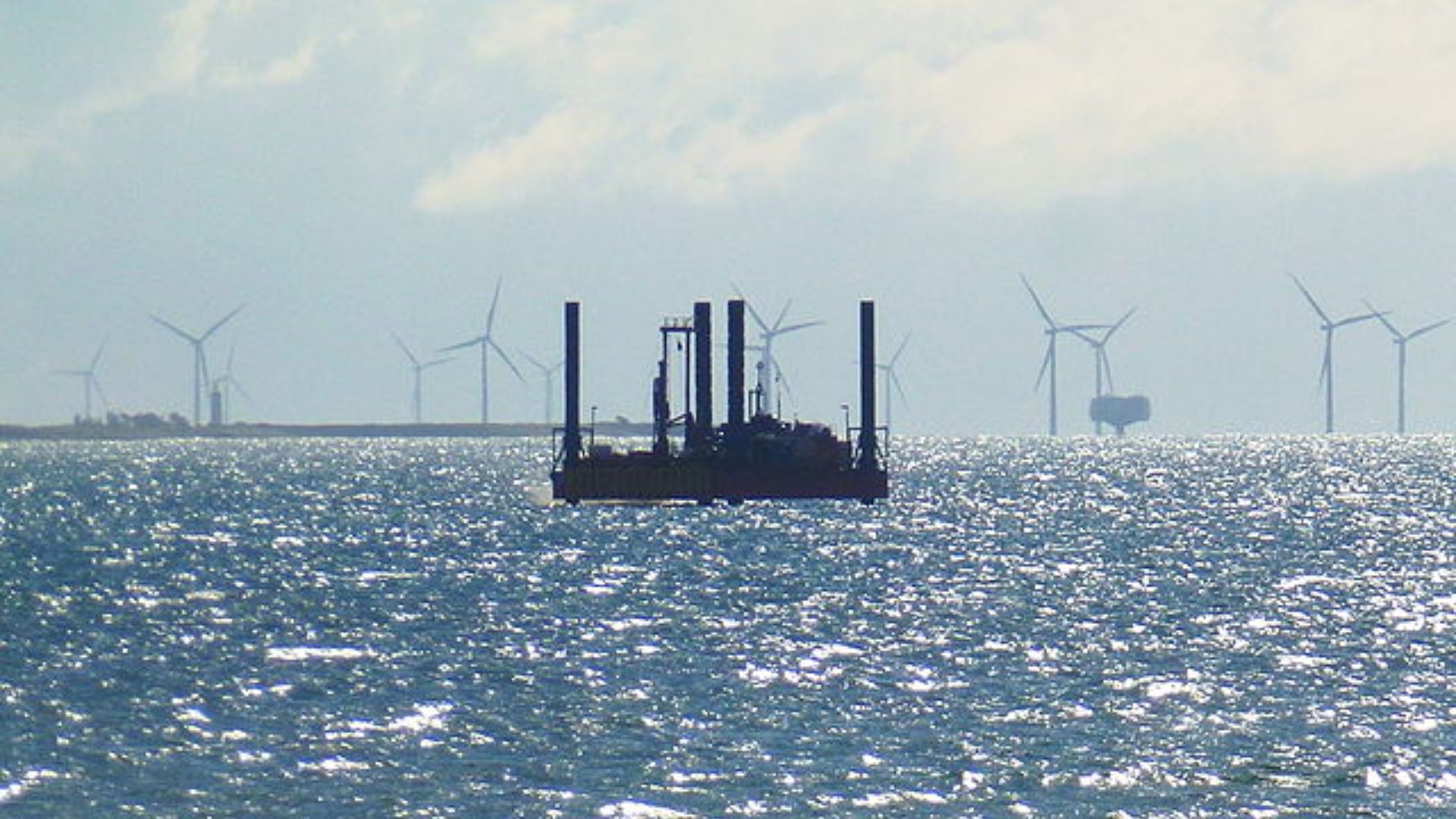
The Fehmarnbelt transport project has not gone without harsh criticism from some environmental advocates.
NABU, a German environmentalist organization, has expressed concerns that the tunnel could damage the biodiversity in the Fehmarnbelt, which is an EU-protected area. The organization’s website claims the Baltic Sea is “already under extreme pressure from commercial use.” NABU’s page cites overfishing, overfertilization, offshore wind farms, shipping and bridge constructions as examples of abuse of the environment.
Years of Legal Dispute

The plan for the Baltic Sea tunnel was approved in 2020 by the Federal Administrative Court in Germany despite years of legal disputes.
NABU called the approval to implement the project a “black day for the strictly protected porpoise and marine environment” in the Baltic Sea. NABU was one organization that was critical of the original plan that was laid out in 2011 which proposed to build a bridge rather than an underwater tunnel. With pressure from environmental advocates, porpoises are also better protected from munitions explosions during the construction period.
Potential Environmental Perks
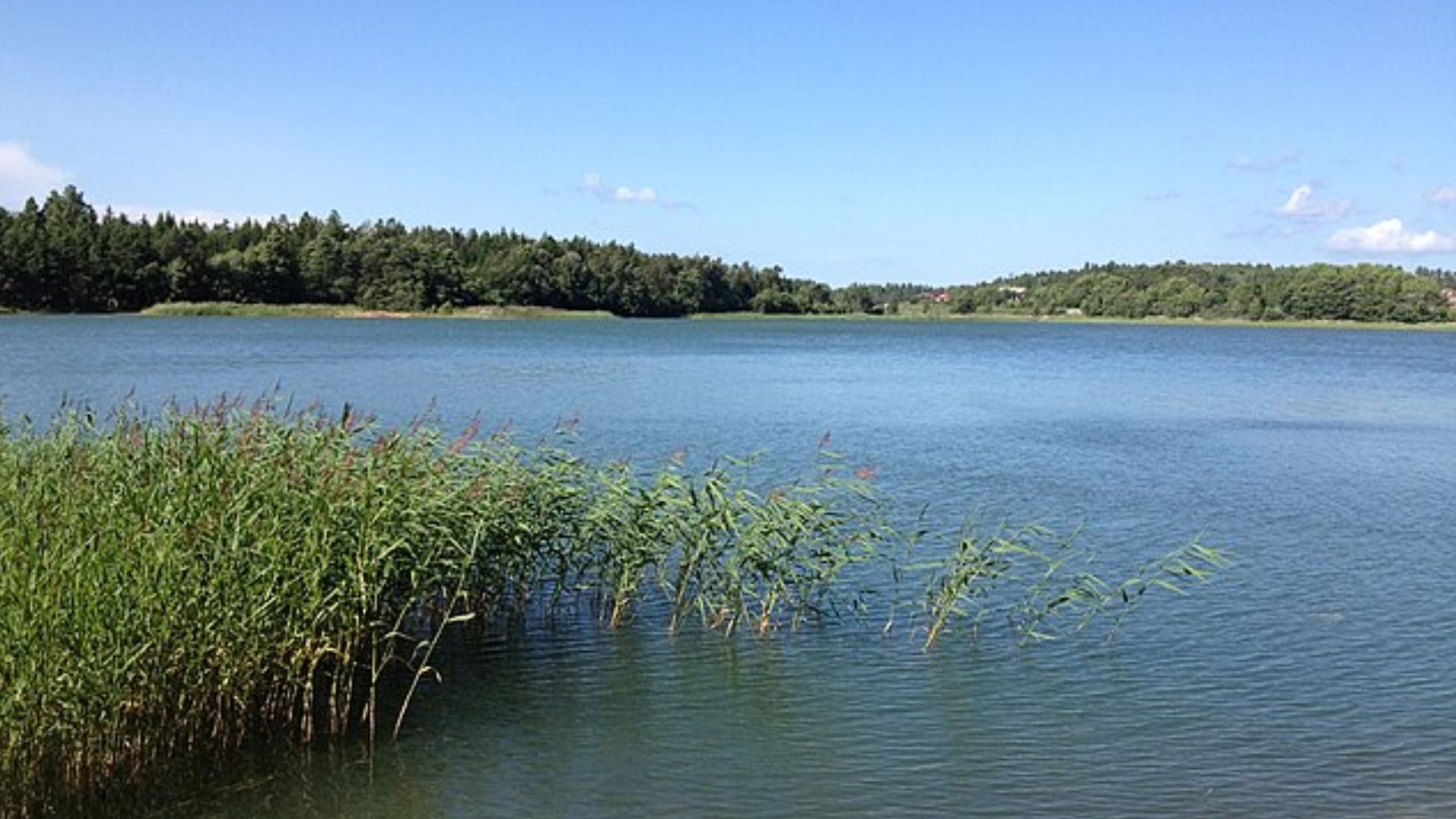
In response to critics of the tunnel (such as NABU), others have pointed out potential environmental benefits the project might bring.
Michael Løvendal Kruse of the Danish Society for Nature Conservation, said, “New natural areas and stone reefs on the Danish and German sides will be created. Fast passage of the Belt will make trains a strong challenger for air traffic, and cargo on electric trains is by far the best solution for the environment.”
Changes in Transport Patterns
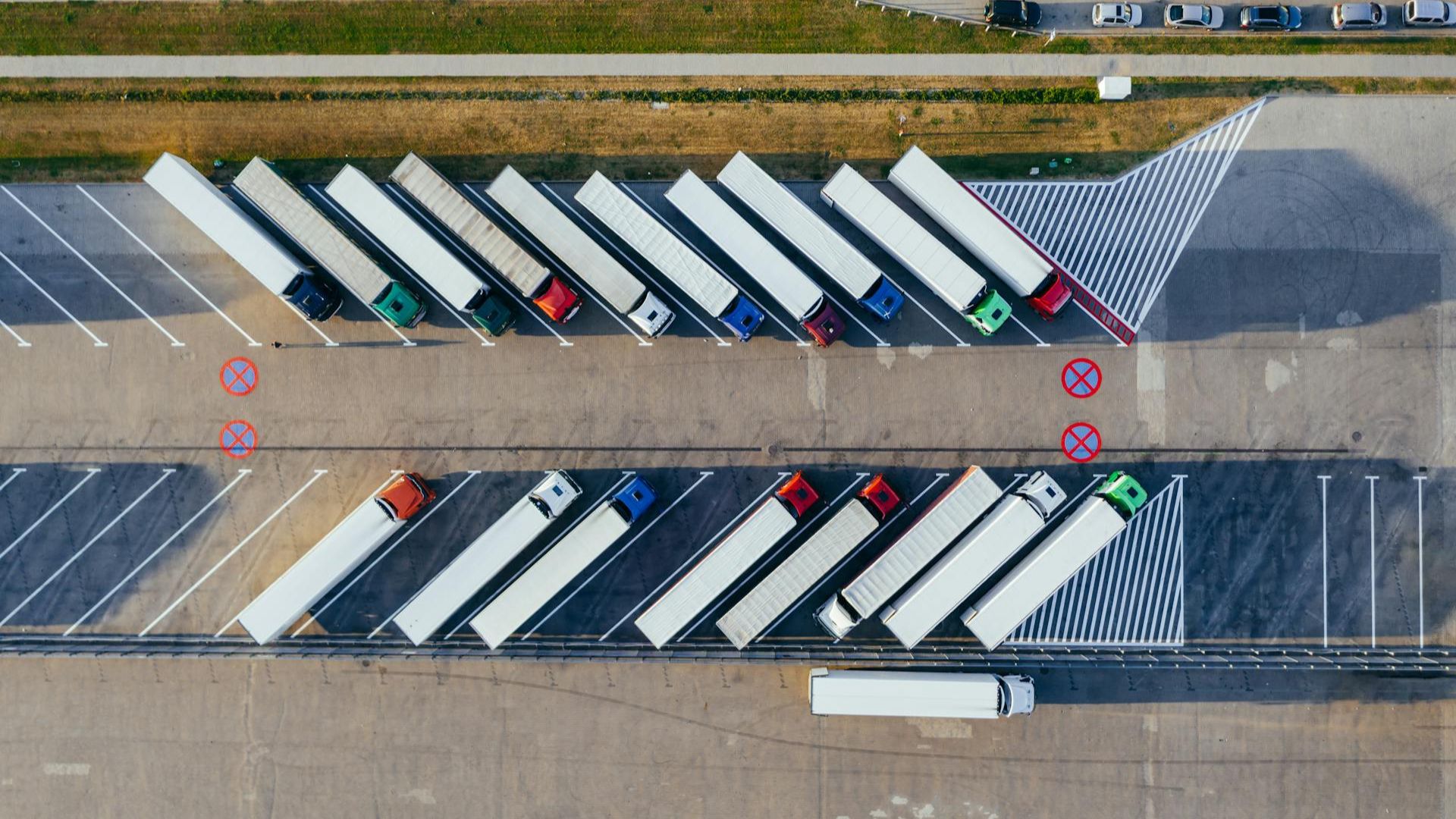
The tunnel aims to bolster trade and tourism links between Germany and the Scandinavian countries.
Overseas freight transport accounts for approximately a third of total freight transport. However, the transport of goods from Germany, Poland and the Baltic States does not require those goods to pass through Denmark. The Fehmarnbelt link may revolutionize the movement of goods overseas for the Scandinavian countries.
Green Transition
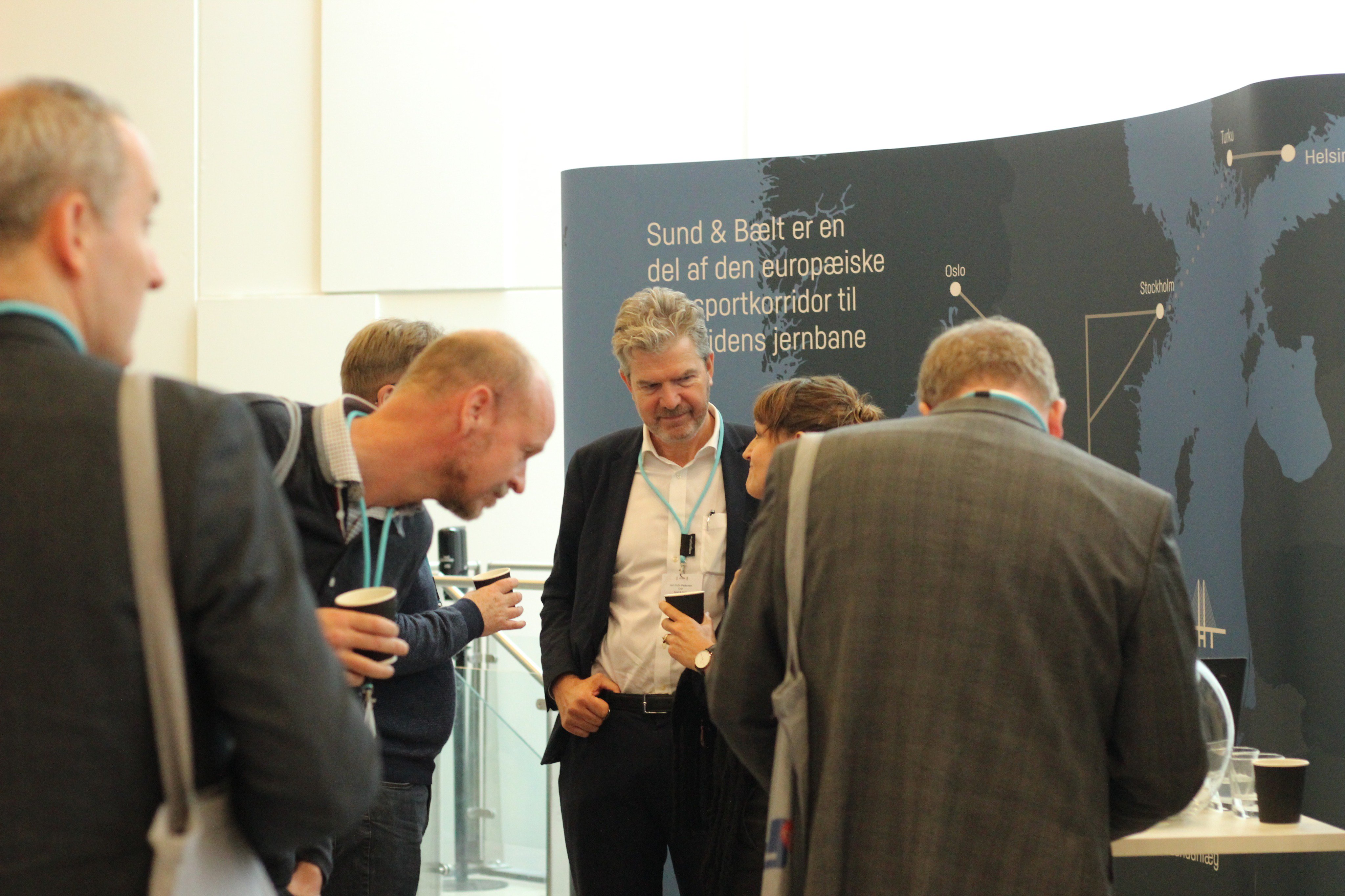
Sund & Bælt, the project’s contractors, see it as a step forward in the transport sector’s green transition.
They say they are working toward climate neutral administration and operations by 2030, roughly when the project is expected to be finished.
Complying With Green Targets
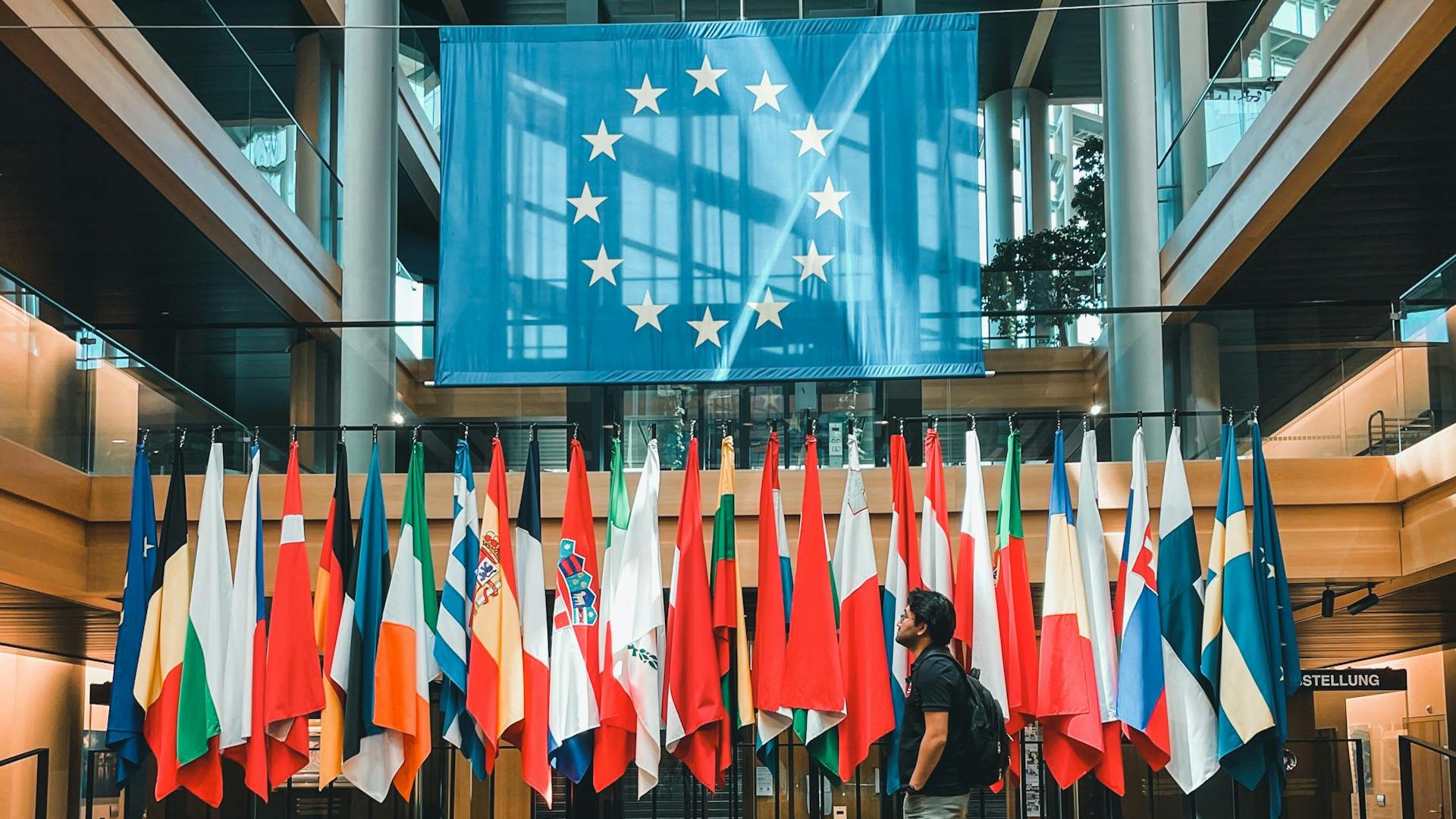
The criticism the project has attracted also sparks questions as to whether the benefits of the Fehmarnbelt Link outweigh the potential environmental damage.
Conservationist groups question whether the project complies with the European Commission’s green targets. Malte Siegert, head of NABU, said, “This is not only a road-rail project, but you also have four lanes for cars and trucks. And from what we understand, it’s not really a benefit for a change of transportation in Europe.”
Worth the Potential Damage
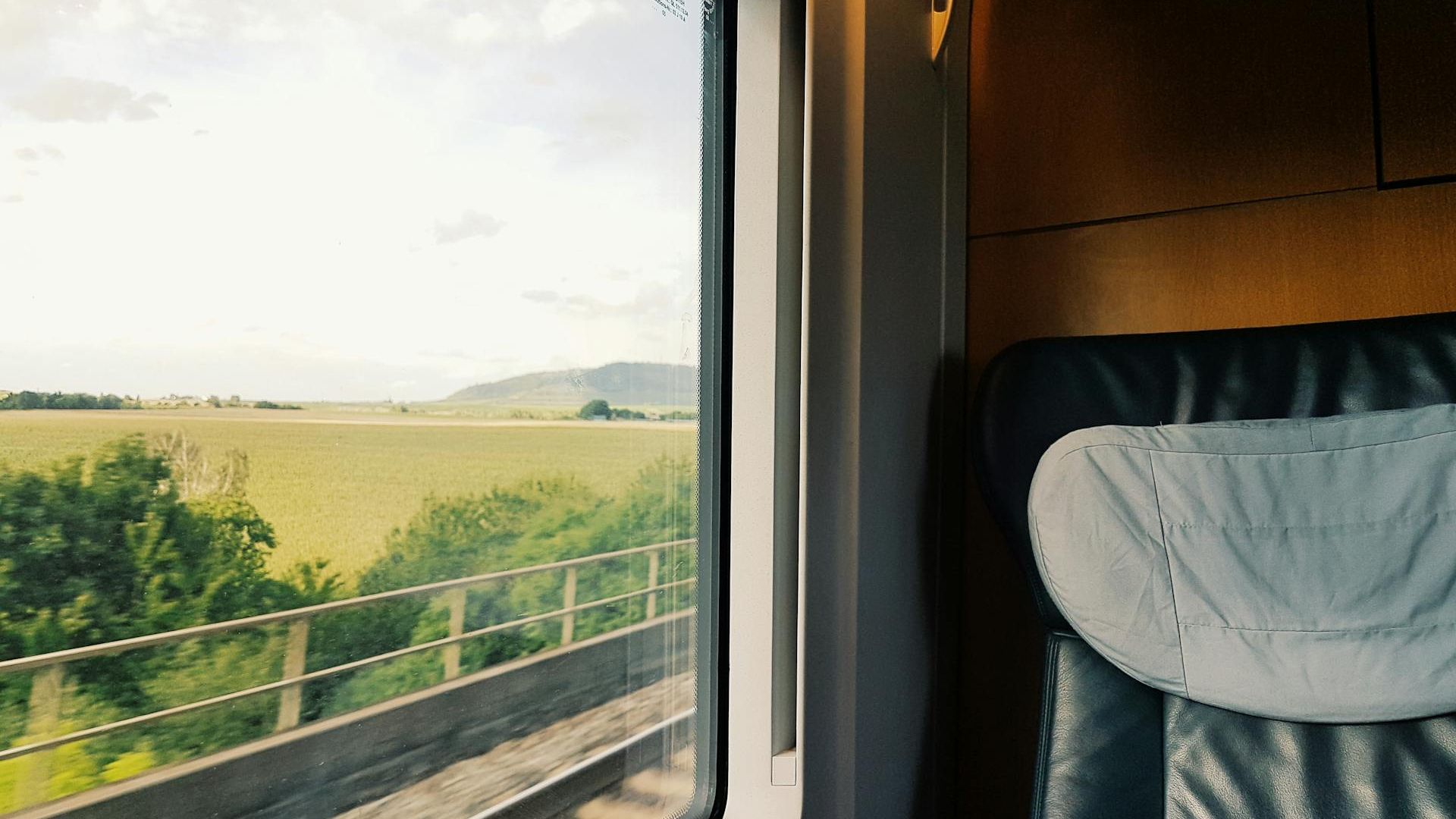
While some believe the transport link is more environmental trouble than it is worth, others are optimistic.
Henrik Vincentsen, the CEO of Femern A/S, told Euronews, “The tunnel will increase capacity and relieve congestion on the rail and road network in Denmark, and create significant savings in time, energy, fuel and CO2 emissions for transit traffic. This is why the European Commission has named the Fehmarnbelt Tunnel a priority project.”
Cutting Pollution
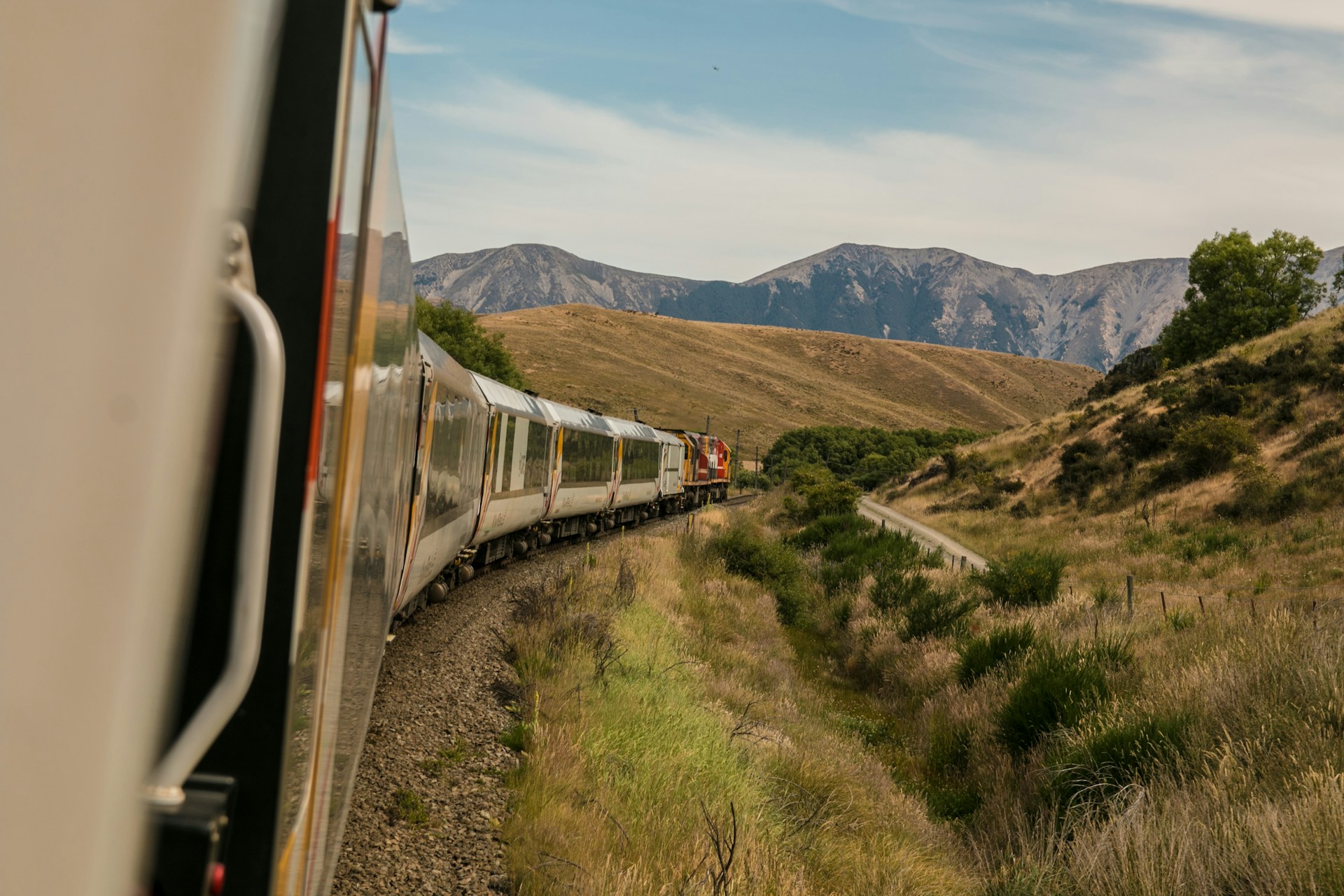
With the exception of biking and walking, rail travel is one of the least polluting modes of transportation.
According to Our World in Data, taking the train rather than driving for medium-length trips could cut pollution that contributes to global warming by around 80%.
Construction Has Started
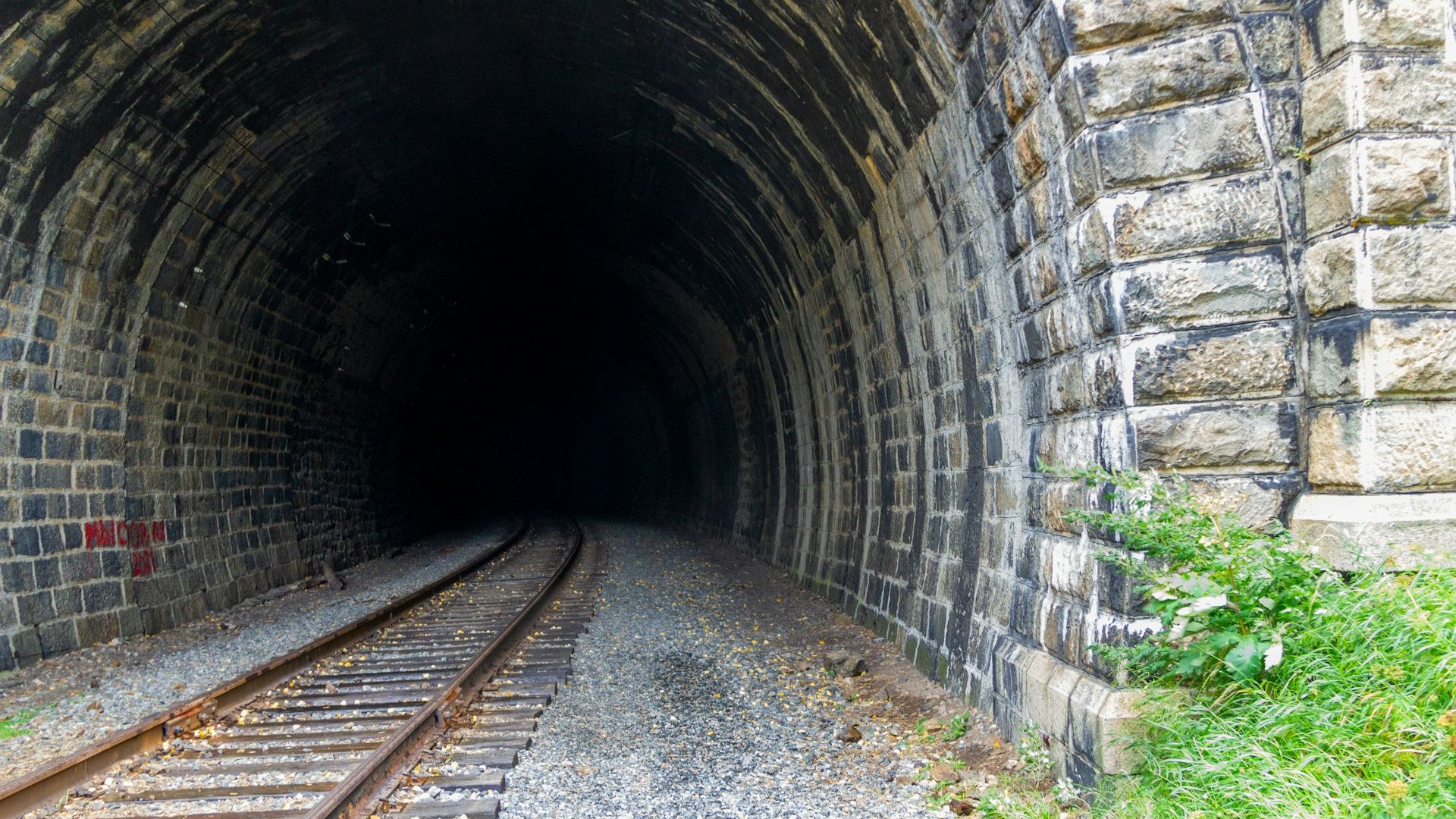
While the construction of the tunnel itself has only just started, the factory on the Danish side that will build the sections was completed last year.
The bridge will consist of 89 massive concrete sections. Fermern A/S, the state-owned company based in Denmark, says that this is the largest and most advanced production project of its kind.
Beyond Denmark
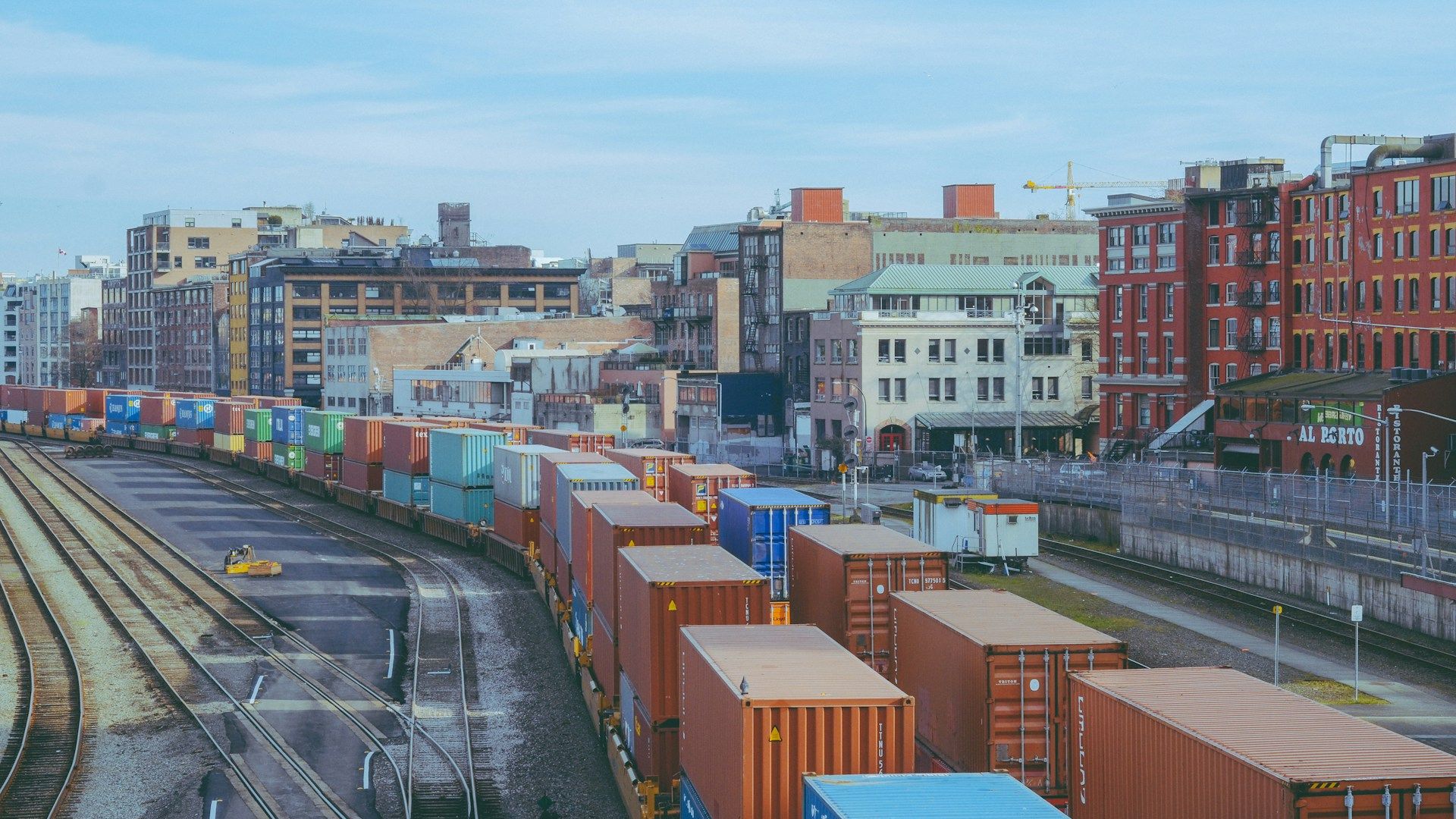
In 2022, Michael Svane, from the Confederation of Danish Industry, told CNN that he believes the project will benefit people inside and outside Denmark.
“The Fehmarnbelt tunnel will create a strategic corridor between Scandinavia and Central Europe. The upgraded railway transfer means more freight moving from road to rail, supporting a climate-friendly means of transport. We consider cross-border connections a tool for creating growth and jobs not only locally, but also nationally,” said Svane.
Reducing Output
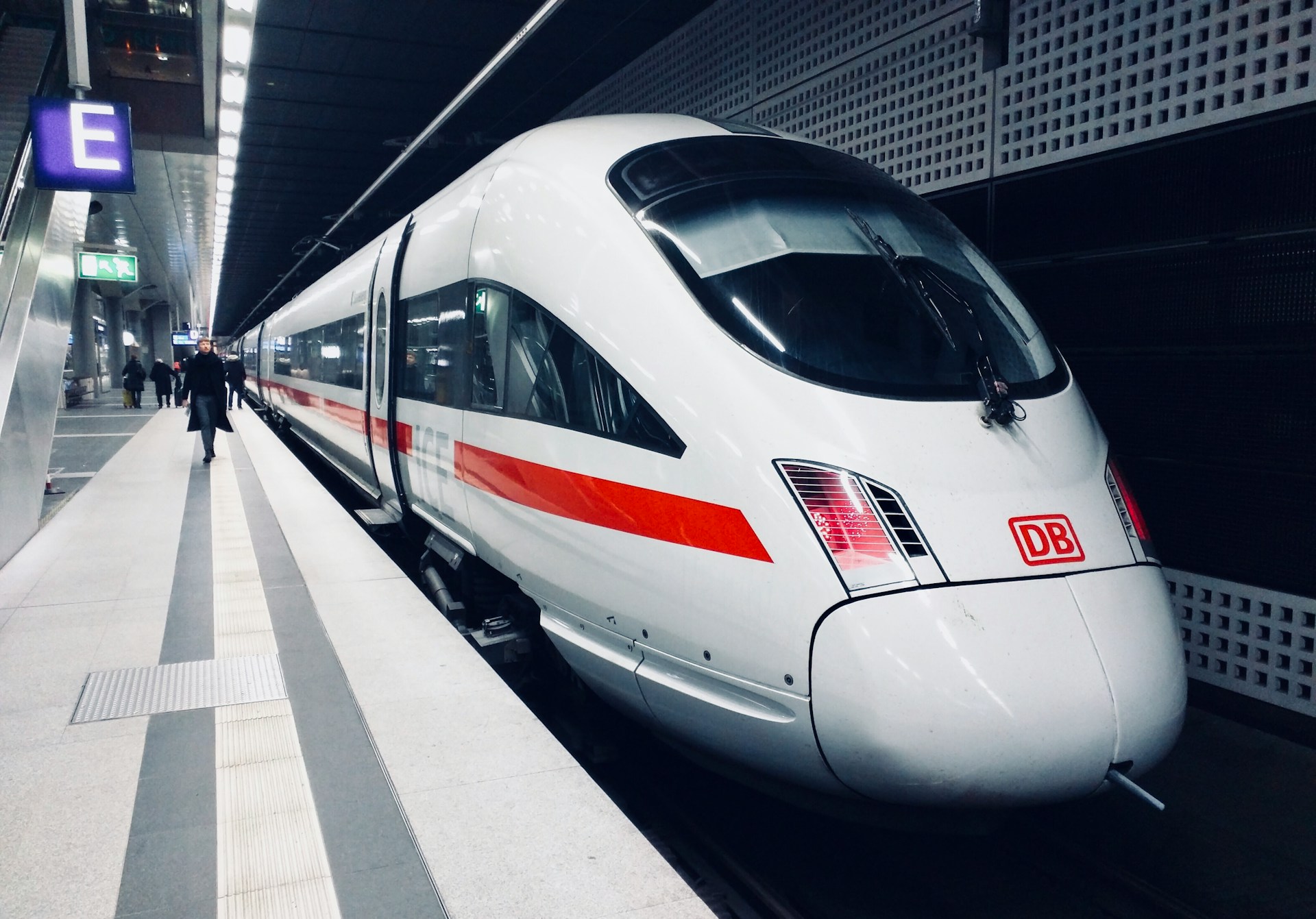
By riding the train rather than taking short-haul flights, pollution output can be reduced by 86%.
Clearing the way for longer train lines can shorten commute times for citizens commuting between the two nations.
Extensive Train Lines
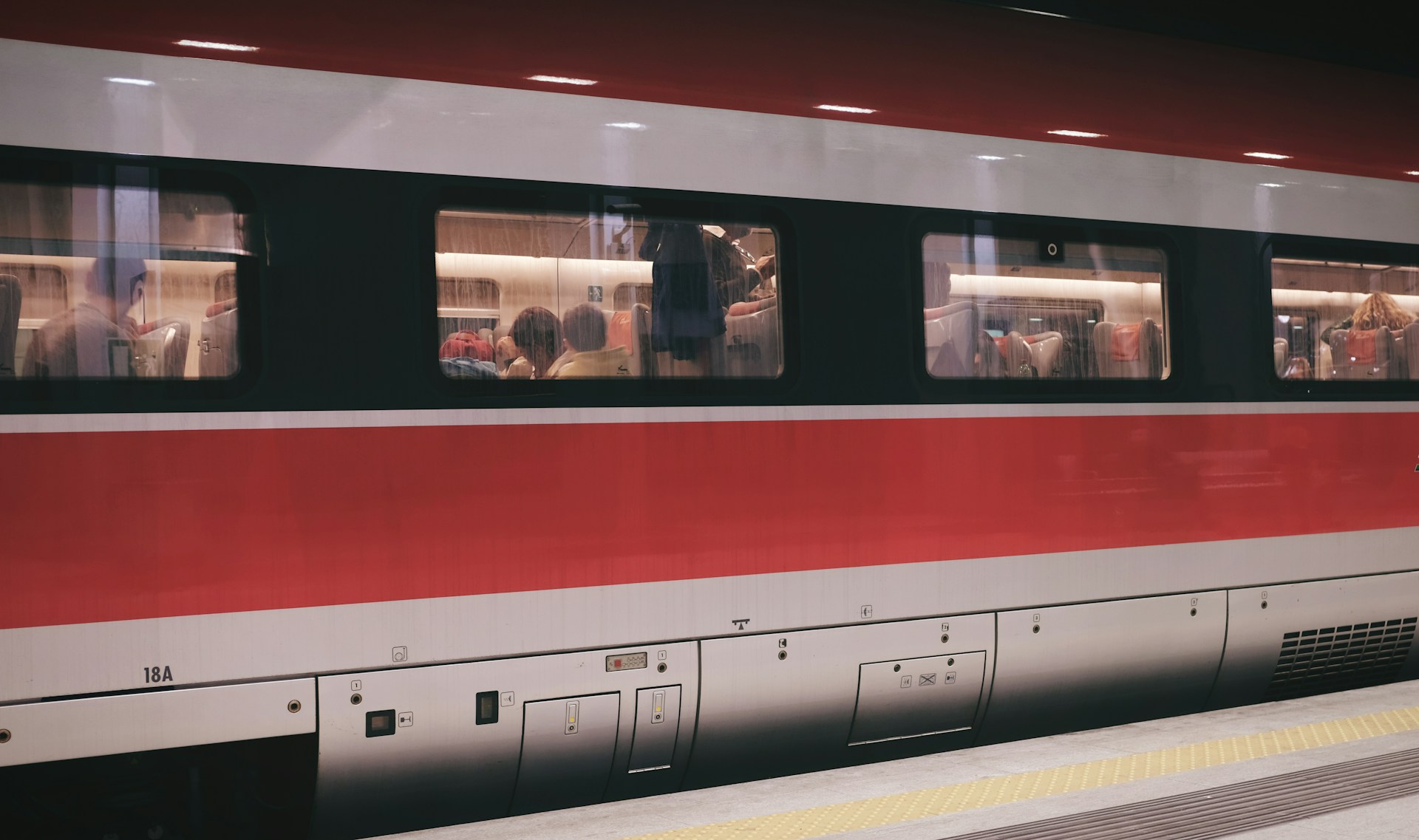
Additionally, implementing more extensive train lines can help cut pollution from low-occupancy vehicles on the road.
However, experts believe that through the use of electric vehicles it may help alleviate that issue. The tunnel will hopefully be ready for use by commuters by 2029.
